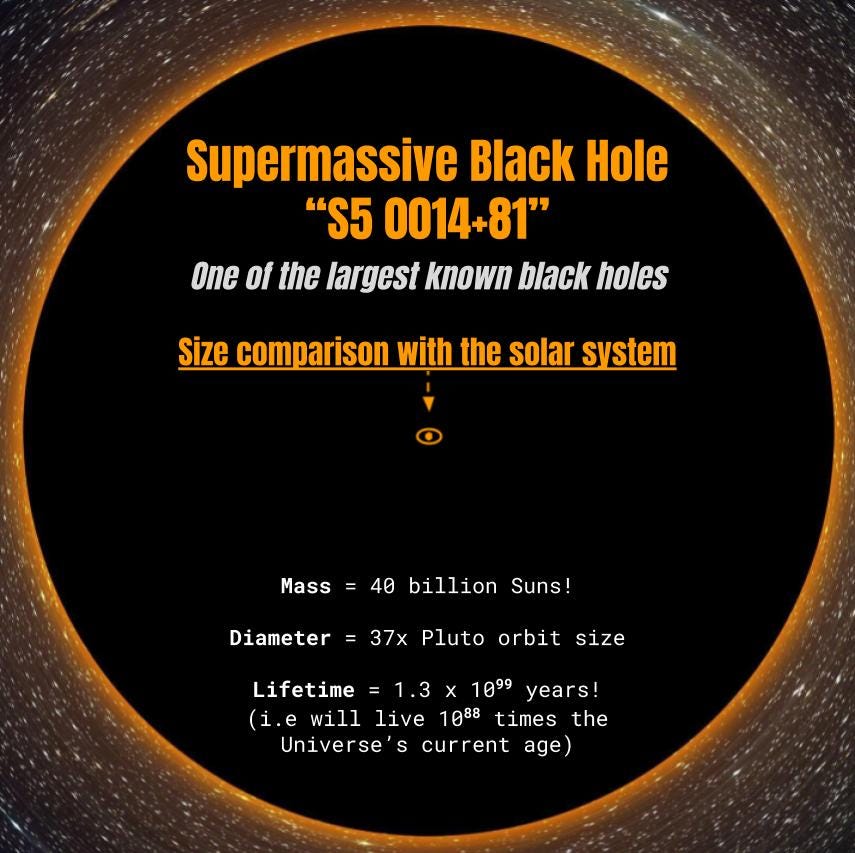Start the new year by realizing how insignificant we are
A size comparison of Earth to everything else in the Universe.
For all our abilities, humans are puny creatures on the scale of space. The Universe we exist in is just too vast and beyond our intuitive contemplation. As we start the new year with wishes and resolutions, here is a size comparison of our Earth to things in the Universe. It should help us remember just how insignificant we really are.
Here is Earth compared to Jupiter, the largest planet of our solar system.

The largest storm on Jupiter, the Great Red Spot, is as big as Earth. Jupiter is so big in fact that it can easily contain about 1300 Earths inside it.
Now here’s Earth and Jupiter compared to our Sun.

Our Sun frequently emits material out of it in the form of energetic flares. Some of these solar flares are larger than both Earth and Jupiter.

And the Sun isn’t even among the largest stars of the galaxy. Here is a comparison of the Sun with two larger stars belonging to the category of red giants––Arcturus and Antares.

Antares is so huge that if the Sun were to be replaced by it, it would engulf Mars. But there are stars in the Universe that are even bigger than Antares!
Here is a comparison of the Sun with one of the largest known stars in the galaxy, VY Canis Majoris.

The Sun is not even visible at this scale. So much for us thinking we are special. It doesn’t help further that the Sun is just one of the over 200 billion stars in our Milky Way galaxy.

At the scale of a galaxy, each star is but a mere little dot. Around these hundreds of billions of little dots lie probably just as many planetary systems like our own.

And yet, our galaxy is just one of the billions and billions of galaxies in the observable Universe, as revealed to us by space telescopes like NASA Hubble.

Mind = blown?
Wait till you see how our Milky Way compares to one of the largest known galaxies.

Our galaxy is dwarfed by the colossal size of IC 1101. Such supermassive galaxies, for the lack of a better word, typically host supermassive black holes at their centers. Here is one of the largest known black holes compared to our solar system.

If the magnificence of the Universe doesn’t intimidate you, terrify you and leave you in awe, I don’t know what will.
Start every new year by realizing how insignificant we are!
Like what you read? I don’t display ads, support me to keep me going.
